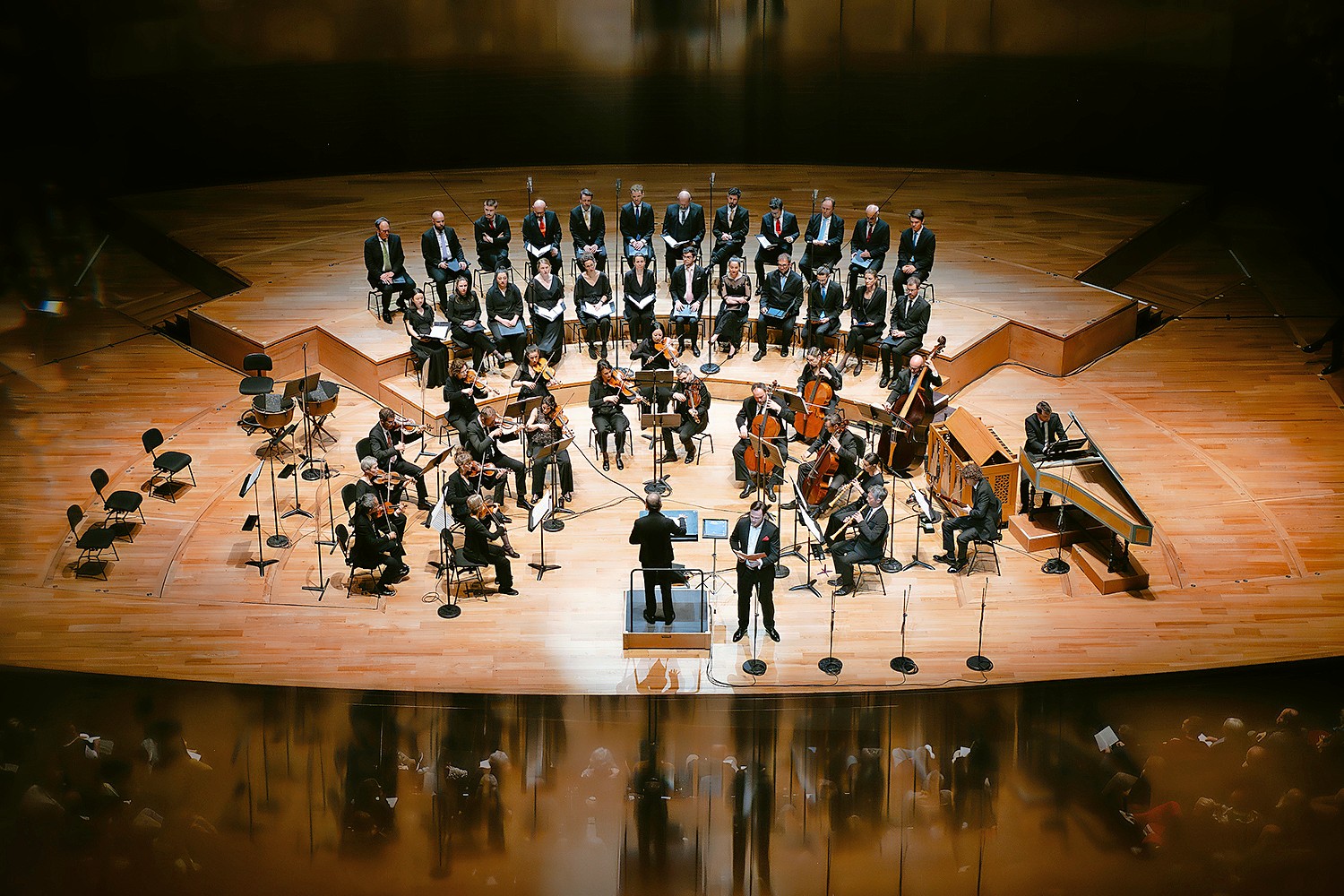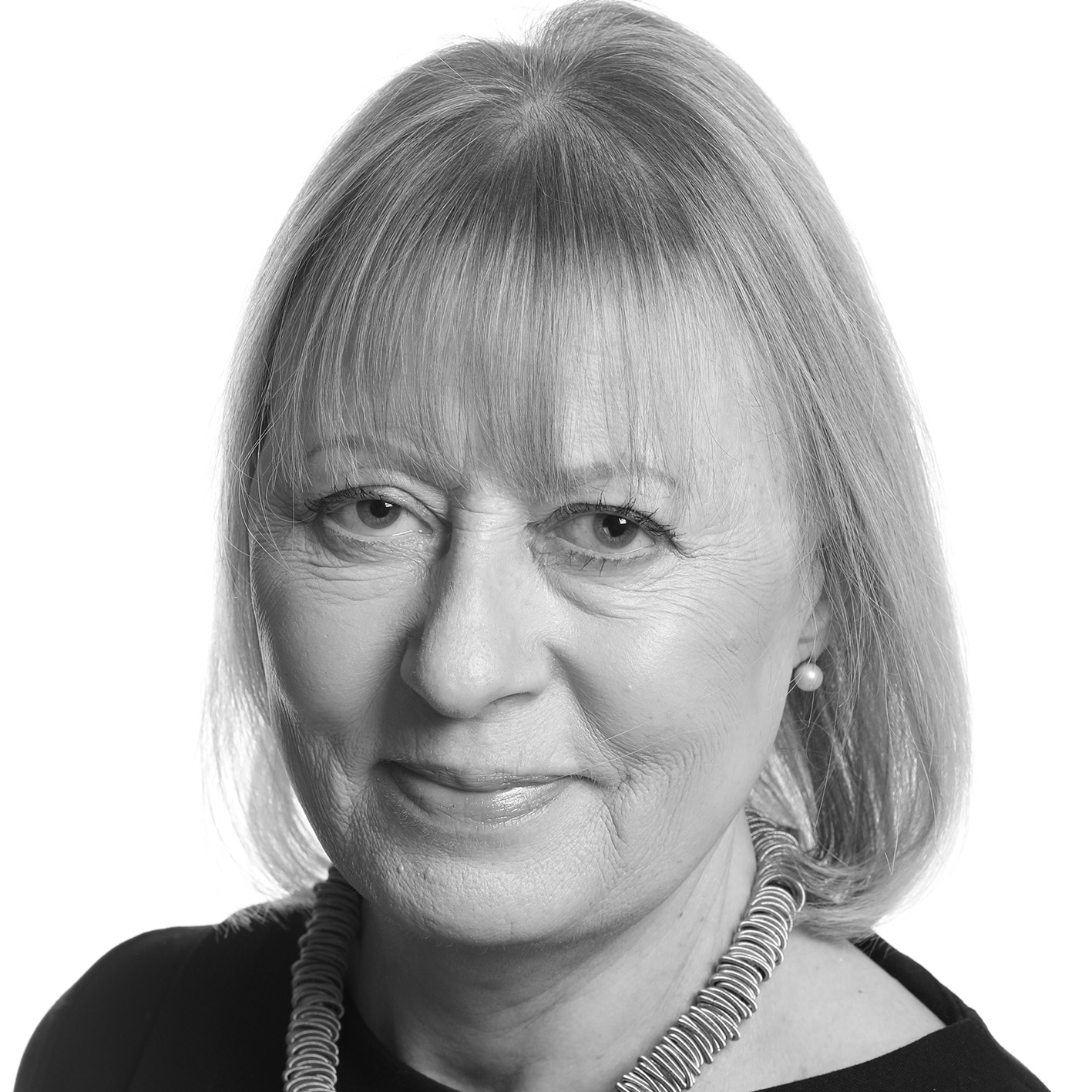Les Talens Lyriques: Easter Oratorio
Philharmonie, Paris
Polyphony and OAE: St John Passion
Sinfonia Smith Square, London SW1
Who wouldn’t want to know more about JS Bach the man, if we can allow that distinction: how infectious his laughter, how long his patience. The music tells us all we need, but the facts about his nature are mainly humdrum: his capacity for work, his forthright manner, his obstinacy. Libraries-worth of books and two recent plays (The Score by Oliver Cotton and Bach & Sons by Nina Raine) might help. In the lead up to Good Friday 1724, days ahead of a performance of his new work, the St John Passion, he had to trawl round Leipzig distributing leaflets, printed at his own expense, correcting a muddle about the venue. All this in the busiest week of the Christian calendar, with music to complete, a choir to train, parts to copy and a shoal of additional duties as Leipzig’s cantor, associated with four churches.
By the following Easter, April 1725, he had rejigged (as he would until late in his life) that all too radical Passion and written 60 new cantatas. One particular work from that period, first performed at Easter 300 years ago, has been overshadowed by the weight of the two surviving Passions and the late B minor Mass. Bach’s Easter Oratorio (1725) is gentler, more compact (around 40 minutes) and less dramatic, but rich with choral and vocal glories reflecting its subject matter – the resurrection of Jesus.
The conductor and harpsichordist Christophe Rousset has been performing it in a five-city European tour for the past fortnight with his period instrument ensemble Les Talens Lyriques and the Namur Chamber Choir. I heard them in Paris, in the clear, warm acoustic of the Pierre Boulez Salle, in the Philharmonie. The terrific soloists were the British tenor Nick Pritchard, a renowned Bach performer, and the Russian soprano Anna El-Khashem, who will sing at Glyndebourne this summer (as Susanna in a new production of Mozart’s Le nozze di Figaro), together with the Norwegian mezzo-soprano Mari Askvik and the Anglo-French bass Edwin Crossley-Mercer.
Bach, with a job to do and no time, borrowed from himself
Bach, with a job to do and no time, borrowed from himself, turning a secular, pastoral cantata into a sacred Easter offering. Pairs of shepherds and shepherdesses were reinvented as Christ’s mourners who rush – in a whirlwind opening chorus (Kommt, eilet und laufet), full of upwardly scurrying strings – to witness the empty tomb. Flora, goddess of spring, there to bless the crops, is now Mary Magdalene (lithely sung by Askvik). The French-based, pan-European Talens, playing with fleet brilliance and springing rhythms, seemed to dance their way through, as well as capturing the melancholy of a reflective adagio, dominated by solo oboe. The heart of the work is a lullaby-like tenor aria (Sanfte soll mein Todeskummer nur ein Schlummer), originally about slumbering sheep, now about the disciple Simon taking comfort in the empty shroud as a sign of resurrection. Here superbly sung by Pritchard, this aria – seek it out – is a miracle of comfort: a cradle song of touching beauty, accompanied by two ever-entwining recorders over the quiet throb of strings.
The regret is that Les Talens Lyriques could not bring this performance to the UK. Post Brexit, and with straitened UK arts budgets, larger baroque groups from Europe are no longer regular visitors. Wigmore Hall still hosts a chamber-sized version of Les Talens, but stagings of unfamiliar opera repertoire, one of their specialities, are for now absent. We must rely on recordings. A new rarity, Antonio Salieri’s Cublai – a satire on European monarchies – came out last week. And on Wednesday Rousset and Les Talens won the BBC Music Magazine 2025 opera award, for their premiere recording of Fausto by Louise Bertin, an admired female contemporary of Hector Berlioz.
Without question, Britain has many outstanding specialist ensembles, all out in force for Bach performances over Easter. Polyphony and the Orchestra of the Age of Enlightenment, conductor Stephen Layton, were matchless in their annual St John Passion, with Ruairi Bowen an enthralling Evangelist. That said, cross-fertilisation of performance practice keeps traditions alive and has shaped the revolution in period instrument performance. As ever, we must treasure the BBC Proms, whose 2025 season, announced last Thursday, includes the Irish Baroque Orchestra and Barokksolistene among its 21 international ensembles.
In Paris I had wanted to hear how Notre Dame’s grand Cavaillé-Coll organ now fared, six years after the fire of April 2019. The instrument – nearly 8,000 pipes, five keyboards and 115 stops – was hardly damaged, but had to be cleaned, dried out, dust and water damage repaired. It was the day the pope died. Secularism might be a core concept in the French constitution but it felt otherwise last week. The cathedral, the bells of which had been rung memorially 88 times, was crammed with 10,000 people, and what seemed nearly as many flickering candles, for a tribute mass. It wasn’t the time to ask what the music was, mostly improvised interludes. But I can report that this massive instrument, in a cathedral with a seven-second delay, sounded magnificent, reedy, reverberant: not ideal for the interwoven lines of Bach-style polyphony but perfect, as here, for lush chordal progressions. Olivier Latry, chief organist of Notre Dame, was allegedly playing, but everyone had other matters on their mind that day so I have to rely on hearsay.
One other tangential music event in Paris: at the Frank Gehry-designed Louis Vuitton Foundation, a David Hockney exhibition is now open (and, owing to its size, is not scheduled to come to Britain). It culminates in his stage work, with extracts from his Die Zauberflöte, Tristan und Isolde and others. The Hockney-designed Rake’s Progress is still revived at Glyndebourne, but most opera-goers have never had a chance to experience his set live in the theatre. The Yorkshire-born artist is now 87. Time for a short season?
Photograph: Valentin Folliet

